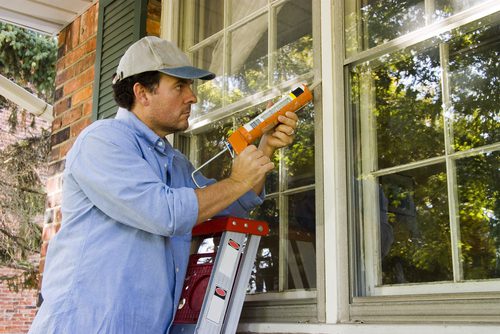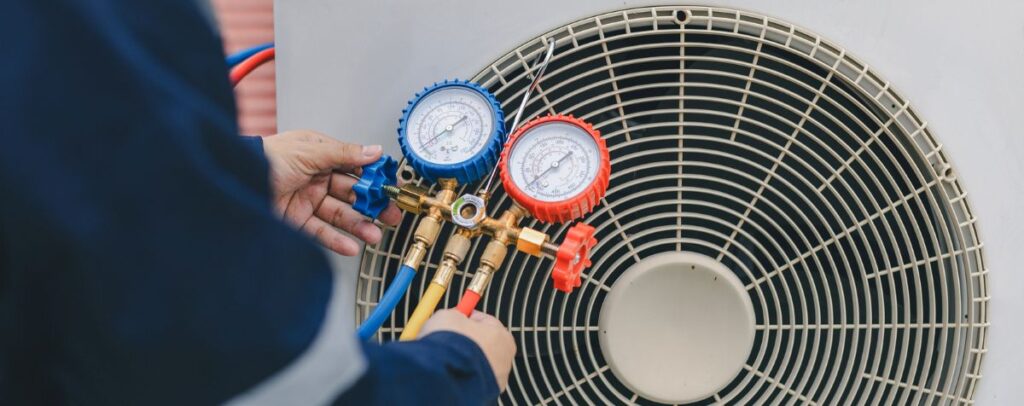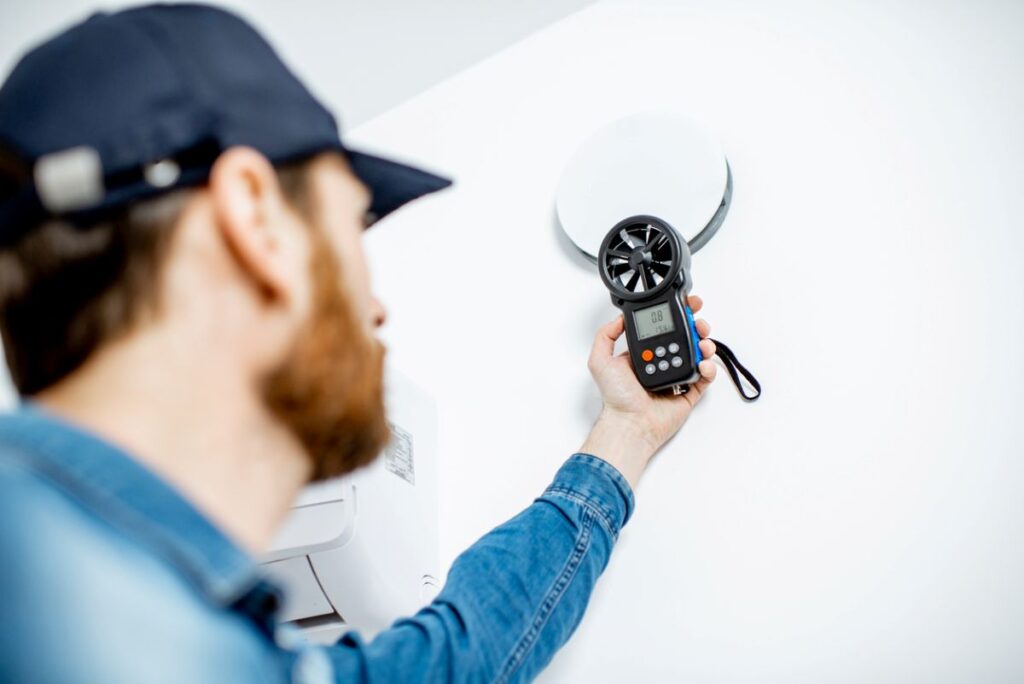





Houdini-Like Ways Cool Air Is Escaping from Your Home

It can be tough to stay cool during summer - and it's even more difficult when your house is leaking cold air. Unfortunately, finding and fixing cold air leaks can be tricky. Our technicians at Getzschman see these problems all the time, so they put together this list of common escape routes for air so you’ll know where to look. If your home feels too warm, make sure you check these places and make a plan to fix them.
Common Locations of Air Leaks
Insulation
Your house's insulation is designed to keep the temperature stable inside your living space. Over time, though, insulation can develop leaks and weak spots that let cold air out and hot air in. Common places for insulation leaks include cracks around doors and windows, ceiling-mounted and wall-mounted light fixtures, and any opening that leads into your attic.
Ductwork
Your home's air ducts are another common site for air leaks. Leaky ducts could let cool air into parts of your home you don't want or need to cool, such as your attic or the interior of your walls. It's important to keep your ducts properly sealed and insulated for your A/C system to work efficiently.
Doors and Windows
One of the most common and noticeable sources of air leaks are loose fittings around doors and windows. Small air gaps can easily allow cool air to escape your home and raise your energy bills. Finding and fixing these gaps isn't too complicated, but can bring you big savings and help you stay cool.
Chimneys
Another common spot for air leaks is the chimney. If your chimney flue isn't properly closed when not in use, it can allow air exchange with the outdoors, especially on windy days. Unfortunately, many houses have old or poorly maintained flues, making it difficult or impossible to prevent them from leaking without repair.
Related Read: 4 Quick AC Tricks to Save Money While Away on Vacay
How to Find Air Leaks in Your Home
If you think your home is leaking cool air, there are a few methods you can use to find the locations of the leaks:
- Use Your Senses - Feel around doors, windows, light fixtures, wall outlets, and any other openings where materials meet using your hand. You can also wet your fingers with water to make drafts stand out more clearly.
- DIY Depressurization Test - Depressurize your house and perform an inspection using a lit candle or a stick of incense. For a detailed walkthrough of performing a depressurization test, visit this page on Energy.gov.
- Blower Test - Have an experienced contractor perform a blower test. Blower tests are basically advanced depressurization tests using specialized equipment to find leaks.
Fixing Cool Air Leaks
Once you've located air leaks in your home, you'll need to fix them. The exact method you'll use to fix leaks depends on the type and location, but there are a few common methods you can use for most leaks:
- Caulk or Sealant: Use strong waterproof caulk or spray foam sealant on leaks around door or window frames, on leaky ductwork, or on cracks on your home's exterior. You can also use weather-stripping to make an air barrier around loose doors or windows.
- New Insulation: If your insulation is leaking, it may be time to add to it or replace it entirely. The cost for new insulation can vary widely depending on the type and amount you need.
- Storm Windows and Air Barriers: If your home is losing cold air because of old construction methods like single-pane windows or open vent fans, you can use storm windows, storm shutters, or plastic air barriers to slow leaks and keep your cooling bills in check.
Want to learn more about keeping your house cool this summer? Call Getzschman Heating & Air Conditioning at (402) 235-6727 or contact us online.










